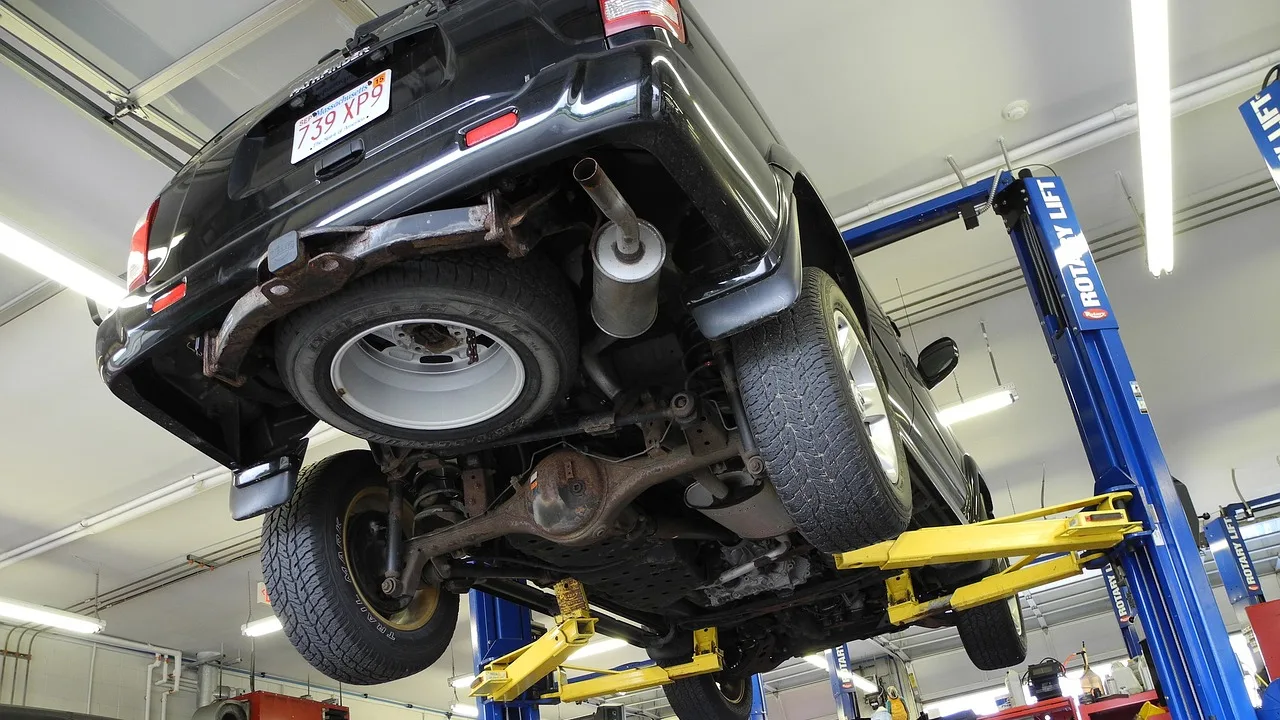Maintaining your car’s durability, functionality, and safety requires routine maintenance. Just as our bodies require routine check-ups to stay healthy, automobiles also need regular inspections and servicing to prevent potential issues and maintain optimal functionality. In this detailed note, we will explore the factors influencing the frequency of car maintenance, the essential components to inspect, and best practices for keeping your vehicle in top condition.
Factors Influencing Maintenance Frequency:
Vehicle Age and Mileage:
Newer cars generally require less frequent maintenance compared to older ones. Mileage is a significant factor; high-mileage vehicles may need more frequent check-ups.
Manufacturer Recommendations:
Refer to your vehicle’s owner’s manual for manufacturer-recommended maintenance schedules. Manufacturers often provide guidelines based on time intervals or mileage milestones.
Driving Conditions:
Harsh driving conditions (e.g., extreme temperatures, stop-and-go traffic, off-road driving) can accelerate wear and tear, necessitating more frequent maintenance.
Type of Oil Used:
Regularly changing the oil and using the recommended type is crucial for engine health.
Synthetic oils may allow for longer intervals between changes compared to conventional oils.
Personal Driving Habits:
Aggressive driving, frequent short trips, and heavy loads can contribute to increased wear, requiring more frequent maintenance.
Essential Components to Inspect:
Oil and Oil Filter:
Regular oil changes are vital for engine health.
Typically, every 3,000 to 5,000 miles or as recommended by the manufacturer.
Brake System:
Check brake pads, rotors, and fluid regularly. Replace brake pads as needed, and flush brake fluid every two years or as recommended.
Tires:
Rotate tires every 6,000 to 8,000 miles. Check tire pressure monthly and replace tires as the tread wears down.
Fluid Levels:
Regularly check and top up engine coolant, transmission fluid, brake fluid, power steering fluid, and windshield washer fluid.
Battery:
Inspect the battery for corrosion and check the voltage regularly. Replace the battery as recommended or when signs of deterioration appear.
- Audi GT50 Concept: A Loud Reminder of Why Car Enthusiasts Fell in Love With Audi
- Nearly 30% of UK Drivers Believe Car Tax Should Be Based on Mileage — Survey
- Why Planes and Boats Escaped the Luxury Tax But Cars Didn’t
- Australia’s Headlight Confusion: Authorities Warn Drivers After Viral $250 Headlight Rule Goes Wild Online
- 2025 Hyundai Venue Facelift Launched in India – Full Details, Variants, and Price
Air Filters:
Replace the engine air filter every 12,000 to 15,000 miles.
Replace the cabin air filter annually or more often in dusty conditions.
Belts and Hoses:
Inspect and replace worn or damaged belts and hoses.
Timing belts may have specific replacement intervals, often around 60,000 to 100,000 miles.
Suspension System:
Regularly check shocks and struts for signs of wear.
Replace as needed to ensure a smooth and stable ride.
Best Practices for Car Maintenance:
Follow the Owner’s Manual:
Adhere to the manufacturer’s recommended maintenance schedule.
Keep the owner’s manual accessible for reference.
Keep a Maintenance Log:
Document all maintenance and repairs performed.
This log can help identify patterns, track expenses, and provide documentation for resale.
Regularly Check Fluid Levels:
Monitor all fluid levels, including oil, coolant, brake fluid, and transmission fluid.
Top up or replace fluids as needed.
Address Issues Promptly:
Attend to any unusual sounds, smells, or warning lights promptly.
Timely repairs can prevent further damage and save on repair costs.
Rotate Tires Regularly:
Rotate tires to ensure even wear and extend their lifespan.
Check and adjust tire pressure according to the manufacturer’s recommendations.
Use Quality Parts and Fluids:
Use recommended OEM (Original Equipment Manufacturer) parts and high-quality fluids.
Quality components contribute to the overall performance and longevity of the vehicle.
Consult Professionals for Complex Repairs:
For intricate repairs or tasks beyond routine maintenance, consult a qualified mechanic.
DIY maintenance is best for basic tasks, but professional expertise is crucial for complex issues.
Plan for Seasonal Maintenance:
Consider seasonal maintenance, such as checking the battery before winter or ensuring the cooling system is ready for summer.
Regular car maintenance is not just a responsibility but a good investment in the longevity and reliability of your vehicle. The frequency of maintenance depends on various factors, and adherence to manufacturer recommendations is paramount. By inspecting and addressing key components regularly, following best practices, and seeking professional help when required, you can ensure that your car remains in optimal condition for years.
